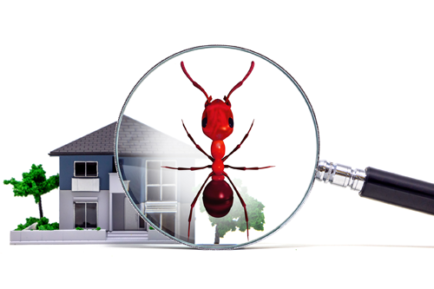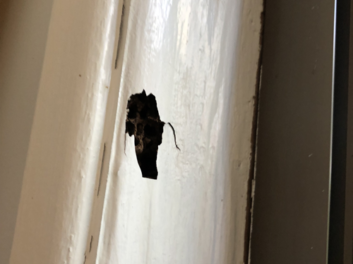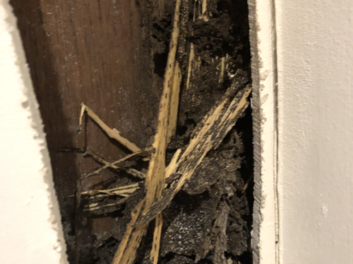

TERMITE INSPECTIONS



Smart homeowners stay on top of termite control. A big part of termite control is keeping termites from invading your home, and the first step in accomplishing this is scheduling a termite inspection. So now that you’ve scheduled one, what can you expect? Are there steps you need to take to get ready for the inspection? Preparing your home for a termite inspection isn’t difficult, but there are a few things you can do to help make it go more smoothly.
Anything you have stored under your sinks in the kitchen and bathroom will need to be moved to another area so that the inspector can check your water sources for termite activity. Inside your garage, move anything you have stored against the wall to about two feet away from the wall. If any items are against the walls outside your home, they’ll also need to be moved two feet out.
Anything blocking the entrance to the attic should be cleared away in advance of the inspector’s visit. Not only does the inspector need to get into the attic, but you want to make sure no debris falling from the attic disrupts your things while he’s working.
If your home is built on a raised foundation, making it easy for the inspector to get into the crawl space. Clear the opening, move any items that block the entrance, and make sure nothing stored in the crawl space will impede the inspector’s work.
Trim any plants like bushes or ground cover that conceal exterior walls or the foundation.
During your termite inspection, you can expect the inspector to spend about an hour and a half to two hours thoroughly going over your property. This time frame, of course, will vary depending on the size of your property. The inspector will look at the interior and exterior areas of your home, checking for visible signs of a termite infestation, which include: droppings, broken wings, mud tubes, and damaged wood.
The inspector will check your baseboards, walls, windows, crawl spaces, door frames, insides of cabinets and closets. During this inspection, we will need access to every area of your home, including the garage and attic, and will pay special attention to the bathrooms, kitchens, and utility rooms. Why? Because subterranean termites often use the places where plumbing penetrates the slab to gain access to your home.
Outside your home, the inspector will look at the exterior walls and eaves of the house, and closely examine the foundation. In addition to signs of damage to the wood, the inspector will be on the lookout for mud tubes on the foundation. Having thoroughly inspected the home itself, the inspector will check the property to make sure all areas are not showing signs of termite activity.
Once the inspection is complete, the inspector will let you know the findings. If there’s an infestation, treatment will be recommended, but even if there’s not an infestation, the inspector may suggest preventive treatment to keep your home safe. He or she might also give you advice on preventing termite infestations through good practices that include:
Repair leaky faucets as soon as possible, and don’t let water accumulate near your foundation. Keep gutters clear from clogs, and use downspouts to divert water away from the house. Make sure the soil around your house is graded to keep water away from the foundation.
Don’t let wood debris, mulch, or firewood come into contact with your home’s exterior surfaces, and remove any old tree stumps or dead trees from your property. Try to prevent any wood to soil contact, both on your home and with any fences on your property. Trim trees and shrubbery so that they don’t touch wood surfaces on the house and give termites a great way to get in.
Broken roof tiles and attic entrances can expose wooden beams in the attic and provide easy access for termites.
Cardboard boxes in your attic and garage can be a food source for termites, so keep these to a minimum.
Look in your window sills for discarded wings, pay attention to hollow sounding floorboards, and check for mud tubes on your home’s exterior.
Professional termite inspectors can spot signs of an infestation that you may have missed and will be able to offer suggestions for the treatment of an active infestation or prevention against future invasions by termites.
If it’s time for a termite inspection, call Noosaville Pest Control! We perform termite inspections to ensure that your home is free of termites. We also work hard to help you keep your home safe from termites, using treatments that are naturally derived and have a low impact on the environment. We diagnose and treat infestations with the most effective methods and unmatched warranties, solving your termite problems the first time. We understand that your home is your most important investment, so we work hard to provide excellent service, utilizing industry best practices to solve our customers’ termite problems in the Sunshine Coast.
For more information, call Noosaville Pest Control today at 0408 001 239.
